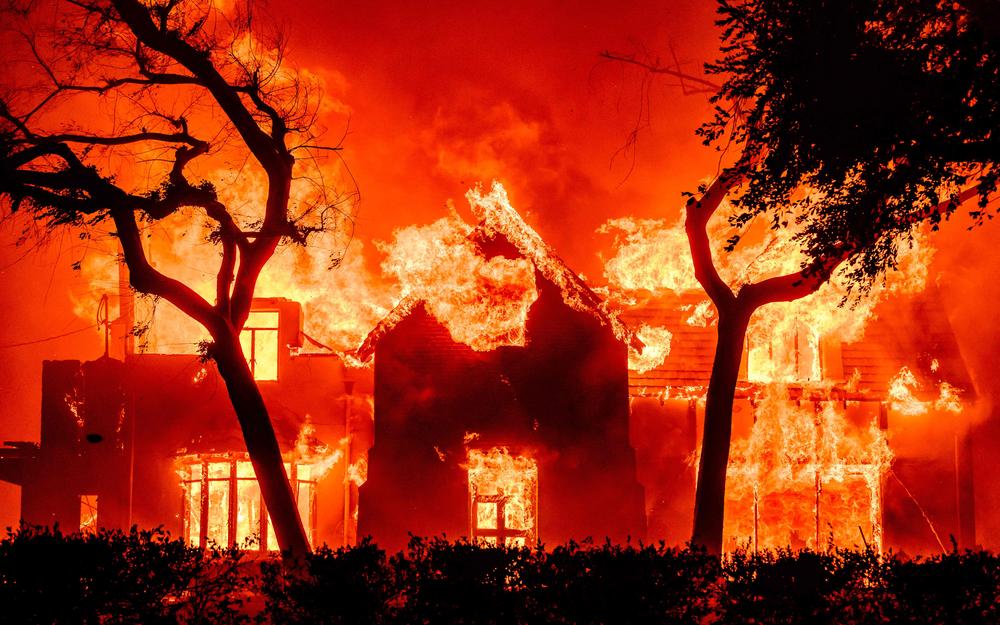Cuba’s newest and evil enemy: climate change
- Despite their low responsibility in forming the climate madness that the Earth suffers, Cubans will be the most affected by the disasters that global warming will cause. Hurricanes, floods, droughts, sea level rise, partial loss of islands... The authorities have put in place a strategic plan called Task Life to deal with what could be more difficult to manage than the Special Period emergency following the collapse of the Soviet Union.
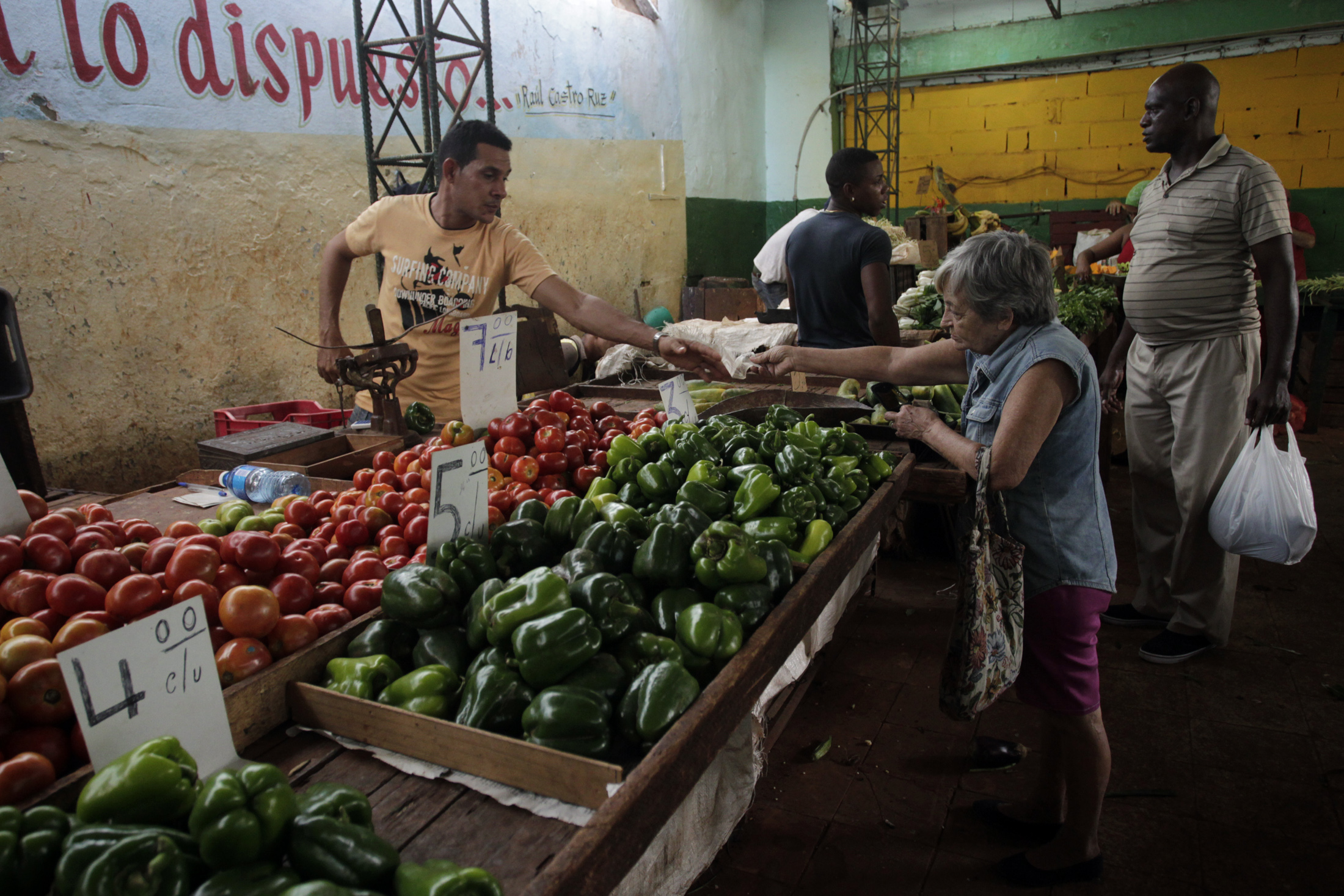
The days when the sea is ungentle, one of Havana’s specthaluans tends to see how waves break in the malecon. But any habanero will tell you that the sea more and more often surpasses the rocks of the dam of El Malecón.
Last September, Hurricane Irma caused the entrance of the ocean to the El Vedado district at a speed that even the oldest inhabitants of the area had not seen. “There’s no need to convince people about climate change in Cuba,” said journalists Roberto Pérez Rivero, coordinator of nature and community programs: “People already live it on the skin, suffering its effects.”
Eight months after the 'Irma', on May 28, the tropical storm 'Alberto' has caused great damage on the island of Cuba.
With a coastline of over 3,000 kilometres in length, Cuba will be particularly affected by global warming with rising sea levels and worsening storms. A quarter of its inhabitants live on the shore of the sea and in vain will argue that there is no right for people in low-carbon countries to suffer the most severe damage.
In 2013, each inhabitant of Cuba issued an average of 2.5 cubic meters of carbon dioxide, well below the 16.4 tons emitted by each country. Only 0.08% of global carbon dioxide emissions are for Cubans. And yet, on this island, the sea level has risen more than the average of the planet.
Many of the island's rulers and scientists had been warned of the problem for a long time. The media have told citizens that the average annual temperature has risen in Cuba 0.9°C in the last half century, that the sea level has risen to 6.77 centimeters since 1966, that the phenomenon is accelerating in recent years and that 82% of the 499 beaches analyzed in a first study suffer erosion.
“According to forecasts – said the Risk Manager of the Environmental Agency of Cubadebaten – by 2050 we will have the sea 27 centimeters above and 86 centimeters above. (...) Today our climate is warmer and more extreme, as the data demonstrate. Climate change is giving us an ultimatum: either we are ahead today or tomorrow will be too late.”
If someone slept, deaf of warnings, Hurricane Irma took his eyes off last September, especially when he destroyed the houses and infrastructures of the northern coast of Cuba and tore the trees as pigs. In Havana, the impressive 10 meter waves overtaking the famous El Malecón caused damage in outdated historical buildings, flooding the whole old town.
The disaster caused by Irma has forced the authorities to hasten the strategic plan TaskVida, developed by the Council of Ministers in the last ten years and converted into law in spring 2017. A plan that in the short, medium, long and very long term takes into account the need to anticipate the climate crisis and adapt it to society as a Cuban economy for a new emergency situation: to prohibit the construction of new houses in flooded areas, to displace populations threatened by the sea, to prepare agriculture for drought and the growth of the waters, to protect the coast as walls, to expand the forests of the shore, to reform the forests.
Cuba's Mad Climate Laboratory
The rise of the sea will affect some 24,000 square kilometres of the island, of which 20 per cent will be submerged, many of the best fields in Cuba today. The island itself will be reduced: experts estimate that by 2050 Cuba will lose an area equivalent to Isla de la Juventud and by the year 2100 the same as the entire province of Santiago... about 6% of the territory.
To keep the edge of the sea firmly, as pointed out by Task-Vida, the revitalization of coastal mangroves is already under way. As in the rest of the world, mangrove forests in Cuba are also badly damaged, which until now have not been taken care of because they did not serve at all.
Coral reefs are also of particular importance in protecting the land from the most violent attack on the sea. Most of those around Cuba appear to be in good shape and are now beginning to pay special attention to those affected by pollution.
Cuba will also need engineering if it wants to protect coastal houses and infrastructures, the keys that attract tourists, beaches, entire cities. The authorities in Havana have called on the Dutch specialists to consider them the best in the world in the struggle with the sea.
However, the sea will also enter the riverbanks and rivers and underground aquifers, skipping many of the arrows today. Salinization is already a widespread phenomenon. In addition to improving and renewing the channels to facilitate access to fresh water, within Task Life they have begun to research on crops that will survive between salt, such as salinity adapted rice varieties.
It is going to be a lack of water, a lack that Cuba is going to continue to feel more and more distressed. It is estimated that 37 per cent of passenger arrivals will be reduced to a total of 2100, as rainfall is also expected to decrease. The drought, the fires, the wind storms -- they've analyzed all the scenarios of the crazy weather in the plan that they've now turned into law.

One of the most delicate pieces of life is that of the families, neighborhoods and villages that are going to have to move. As the sea progresses, they will be forced. The Government has already taken 40 families from the village of Palmarito, where they have lived from fishing, who have settled on land. These measures will not lead to a few conflicts.
Where will Cuba get money to deal with a new attack that will be more relentless than the threat from the United States? Havana authorities mention spending 40 million dollars this year on TaskVida. Italy has achieved a total of EUR 3.4 million in advance. The Global Climate Fund faces a plea of EUR 100 million more. It looks like a joke, seeing what's being spent in Europe or in the United States. United States in any useless tunnel. As on many other occasions, Cubans will have to fix it on their own: “You have to solve, mate.”
Many Cubans still remember the anxieties of the Special Period following the fall of the Soviet Union, the drowning of being alone in the world. When they forget about him and start to smell just, the political leaders of Havana will not find it easy for people to announce the emergency again and say the sacrifices. But as Pérez Rivero says, “Irma has helped us in something: people have understood that climate change is already happening.”
Agintari gutxik aitortzen dute publikoki, disimulurik eta konplexurik gabe, multinazional kutsatzaileen alde daudela. Nahiago izaten dute enpresa horien aurpegi berdea babestu, “planetaren alde” lan egiten ari direla harro azpimarratu, eta kutsadura eta marroiz... [+]
Biologian doktorea, CESIC Zientzia Ikerketen Kontseilu Nagusiko ikerlaria eta Madrilgo Rey Juan Carlos unibertsitateko irakaslea, Fernando Valladares (Mar del Plata, 1965) klima aldaketa eta ingurumen gaietan Espainiako Estatuko ahots kritiko ezagunenetako bat da. Urteak... [+]
Nola azaldu 10-12 urteko ikasleei bioaniztasunaren galerak eta klima aldaketaren ondorioek duten larritasuna, “ez dago ezer egiterik” ideia alboratu eta planetaren alde elkarrekin zer egin dezakegun gogoetatzeko? Fernando Valladares biologoak hainbat gako eman dizkie... [+]
Eskoziako Lur Garaietara otsoak itzularazteak basoak bere onera ekartzen lagunduko lukeela adierazi dute Leeds unibertsitateko ikertzaileek.. Horrek, era berean, klima-larrialdiari aurre egiteko balioko lukeela baieztatu dute, basoek atmosferako karbono-dioxidoa xurgatuko... [+]
There was no one or all. That we all suffer at least if the necessary changes are not made so that no one suffers the climate emergency. You – reader – I – Jenofá-, they – poor – and they – rich. The fires in Los Angeles did not give me satisfaction, but a sense of... [+]









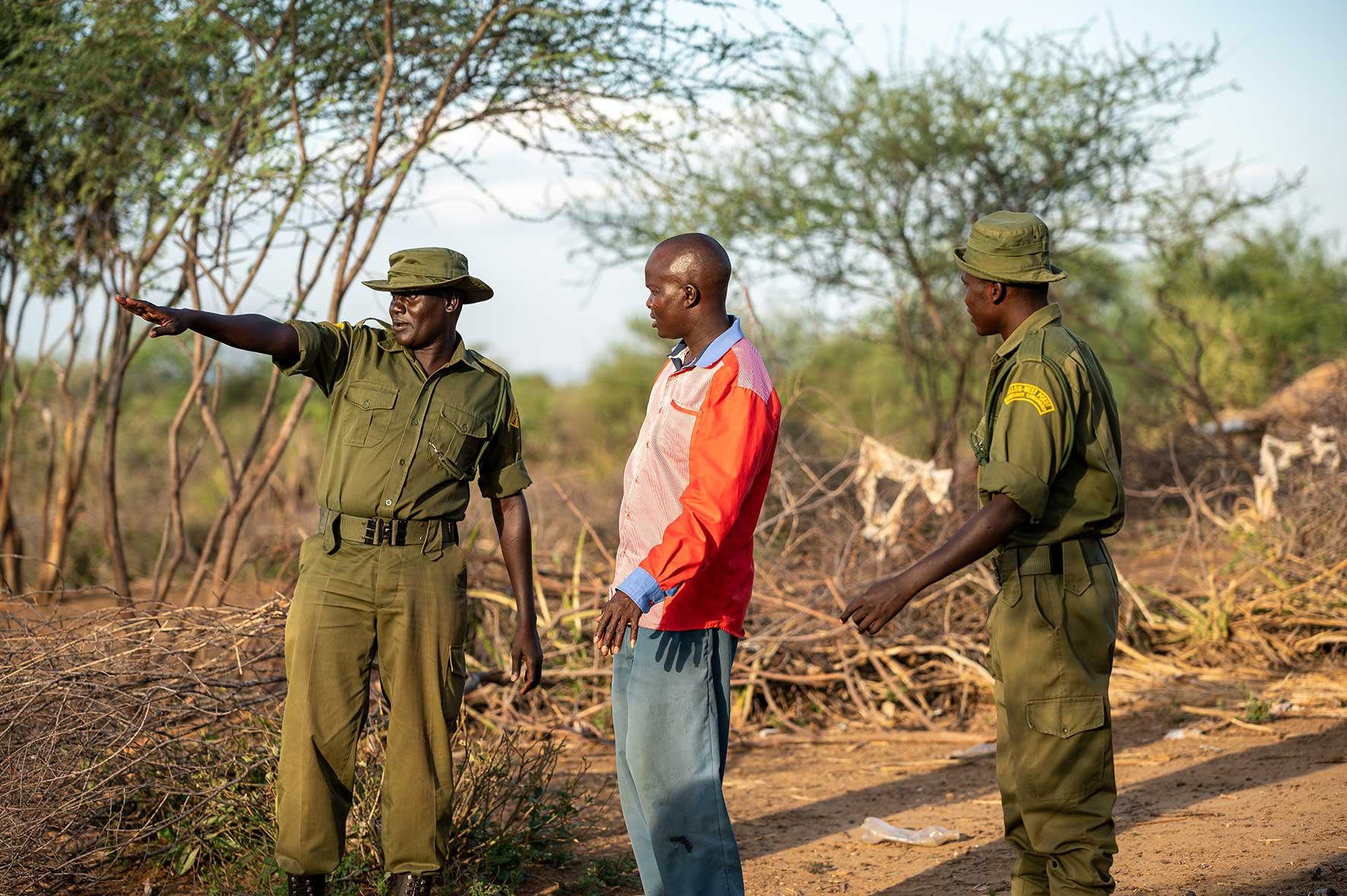
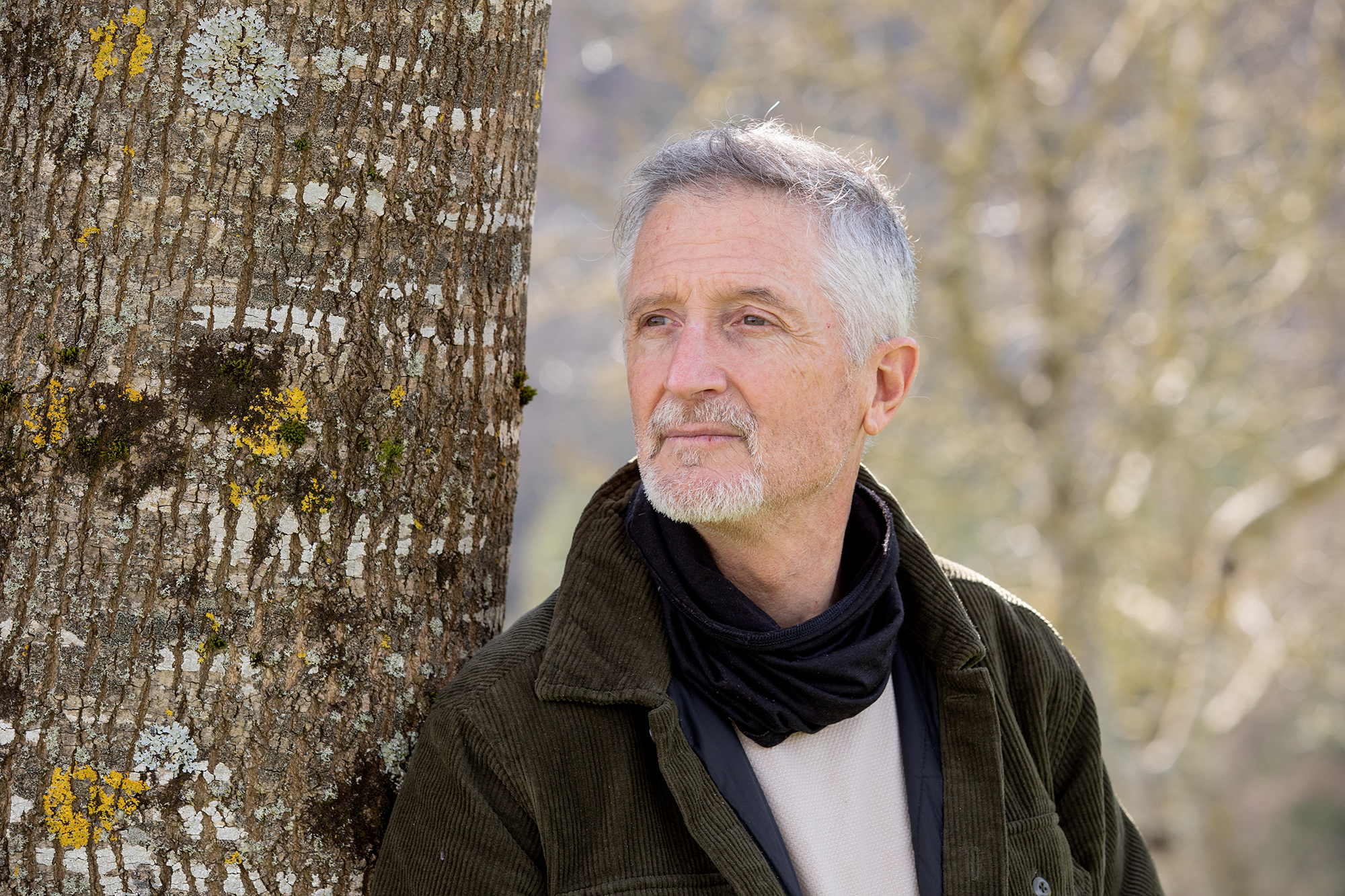


_Glaciar.png)
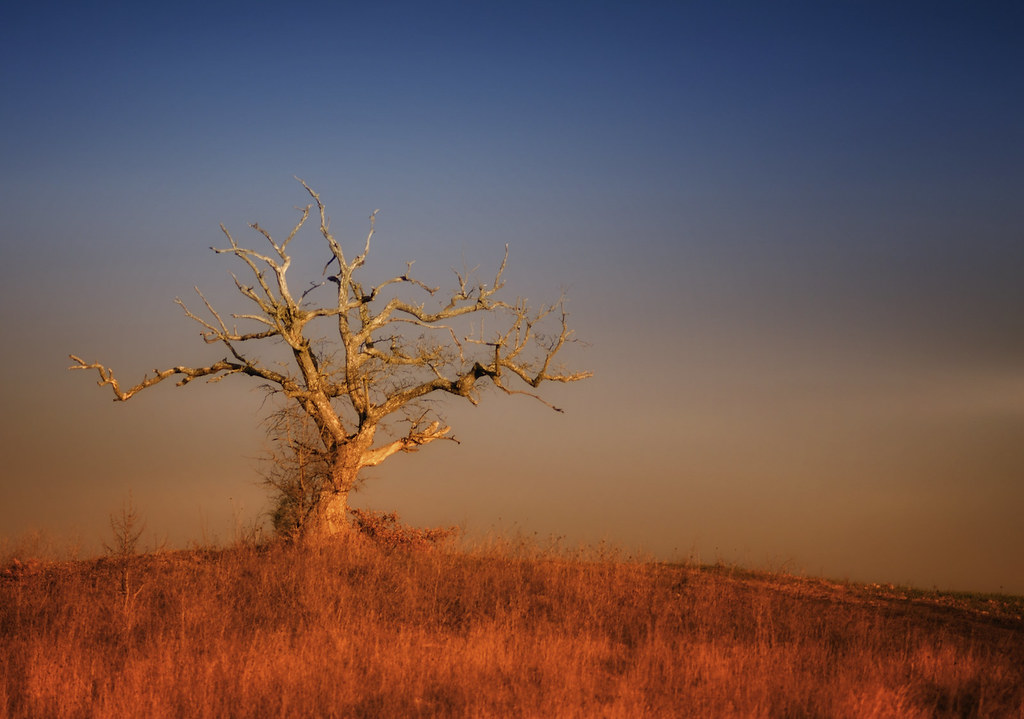
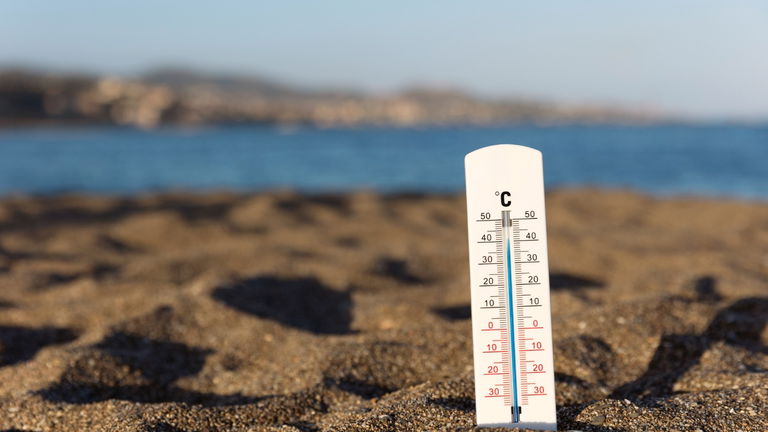
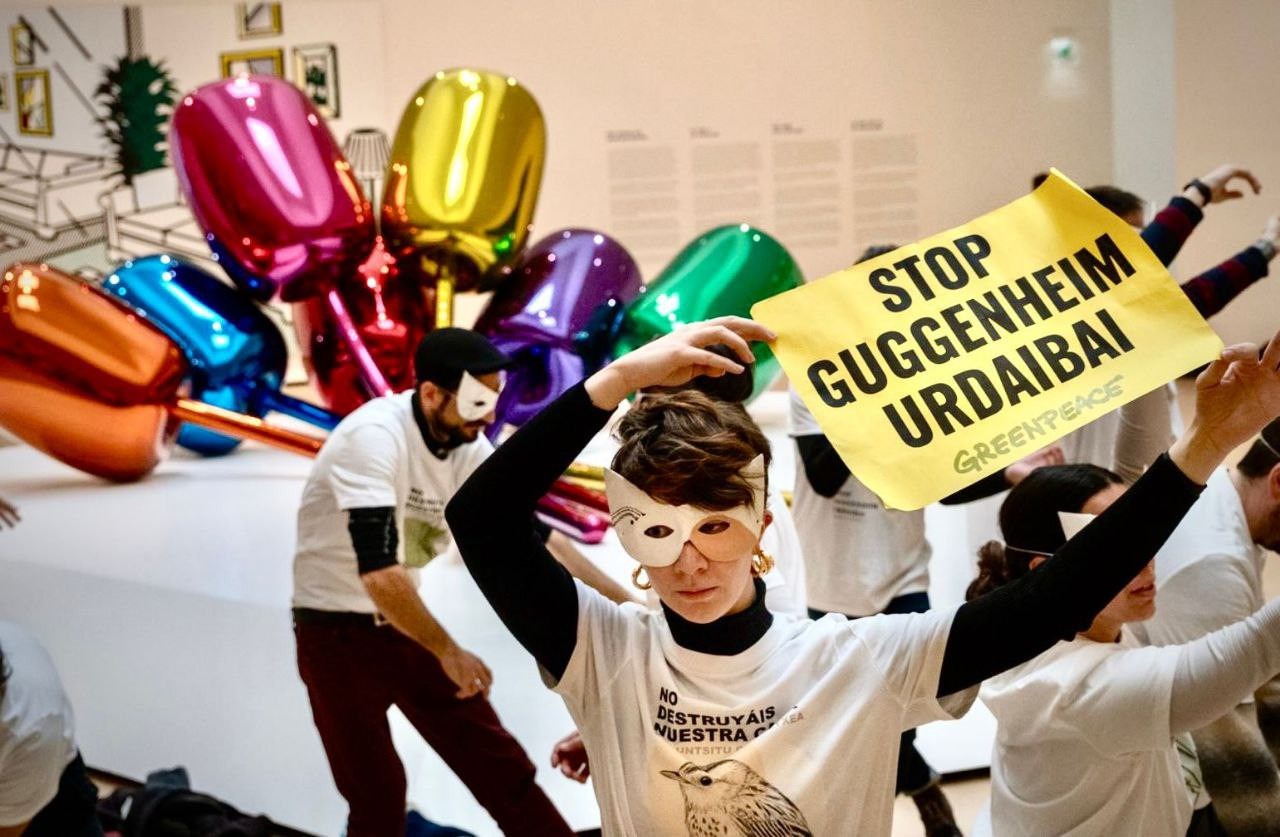

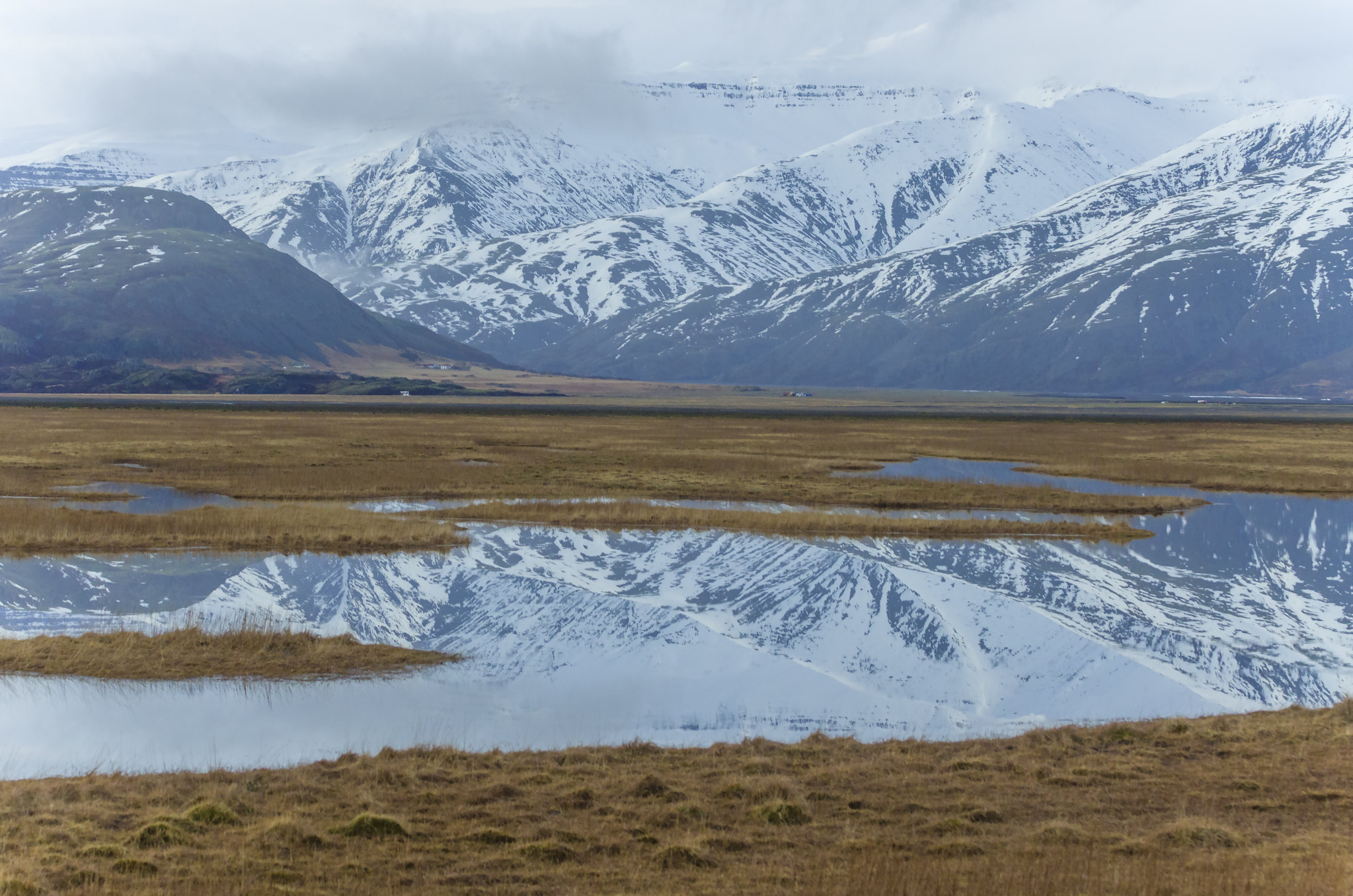
-(1).jpg)
